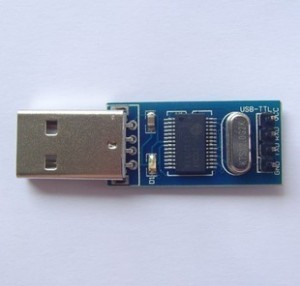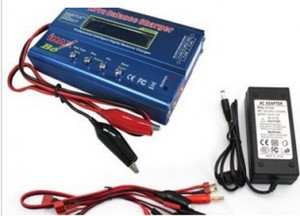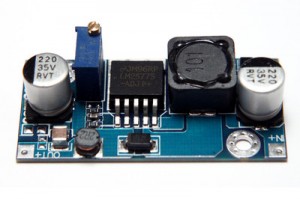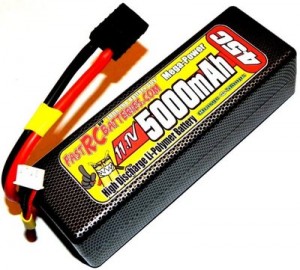Well, If you are new to experimenting projects or involved with them frequently, here is a list of inexpensive items you should have in your experimenters box of tricks.
Outside of a basic computer you will find use for these.
1-A couple of RS-232 and/or USB to TTL level converters.
Most modern digital projects now-a-days have communication lines for programming options. A level converter is normally required for using your computer to change the type of signaling required to do the job.
Most of the time a MAXIM max232cpe chip will do the job requiring few external parts and some time to construct but with the supply of inexpensive

USB to TTL converter
imports from China, you can buy cables ready made on eBay at the same expense. Please also note the little jumper cables pictured here are also handy items to have but a bit longer would be more beneficial.
2- Multiple Clean Variable Power Supplies.
A few in circuit voltage regulators like LM7803 (3volt-dc) 7805(5v) 7812(12v) and even some in surface mount mountings are a good start. But a few other things you might want to keep around would be a DC to DC step up converter and a DC-DC step down converter. This in our example here would be to allow you to take a project portable/mobile without concern of how to power it.
Please keep in mind that clean power is needed in digital projects so you will not have “pulses” of noise from the switching transistors that do the work herd on the output voltage of the device.
Again devices like these are found on eBay at a lower cost than worth the time to build yourself unless you are wanting/needing to learn how to do stuff. The converter on the left is a 150 watt step-up with inputs of 10-32volts dc and outputs adjustable from 12 – 35vdc
You will need to have a battery to power these supply’s so we suggest something a bit more expensive. Lithium-Polymer or LiPo batteries are very light for their capacity and have high current drain capability without generating excessive heat. They can be recharged 1000’s of times without a high diminishing of overall capacity. I would suggest using those in a HARD CASE to protect the cell. You will need a special charger for this also expensive but you will find the addition of the LiPo a blessing multiple times.
LiPo batteries are made of multiple cells of 3.7 volts each (4.2v charged). The above is a 3cell series connected or 3S 11.2 volt battery capable of a 45amp continuous draw and has a 3.2 amp-hour rating. The charger pictured here is a multipurpose unit that will charge 1 to 6 cell packs of different chemistry not just LiPo’s up to a 5 amp rate and accepts a wide range of input voltages from 11-15vdc.
If you have a bunch of existing projects that go portable/mobile, you may want to convert everything to LiPo because there can be cost savings over using conventional rechargeable batteries lifetime plus the advantage of more power and less weight and great automatic chargers that will not destroy the battery.
We will ad some more of these ideas for the experimenter toolbox soon.


